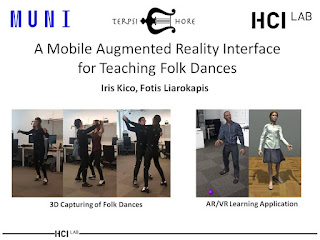Neuralink tries to build an
interface that enables someone's brain to control a smartphone or computer, and
to make this process as safe and routine as Lasik surgery. Currently, Neuralink
has only experimented on animals. In these experiments, the company used a
surgical robot to embed into a rat brain a tiny probe with about 3,100
electrodes on some 100 flexible wires or threads — each of which is
significantly smaller than a human hair.
This device can record the
activity of neurons, which could help scientists learn more about the functions
of the brain, specifically in the realm of disease and degenerative disorders.
This device has been tested on at least one monkey, who was able to control a
computer with its brain. Neuralink's experiments involve embedding a probe into
the animal's brain through invasive surgery with a sewing machine-like robot
that drills holes into the skull.
More information:



